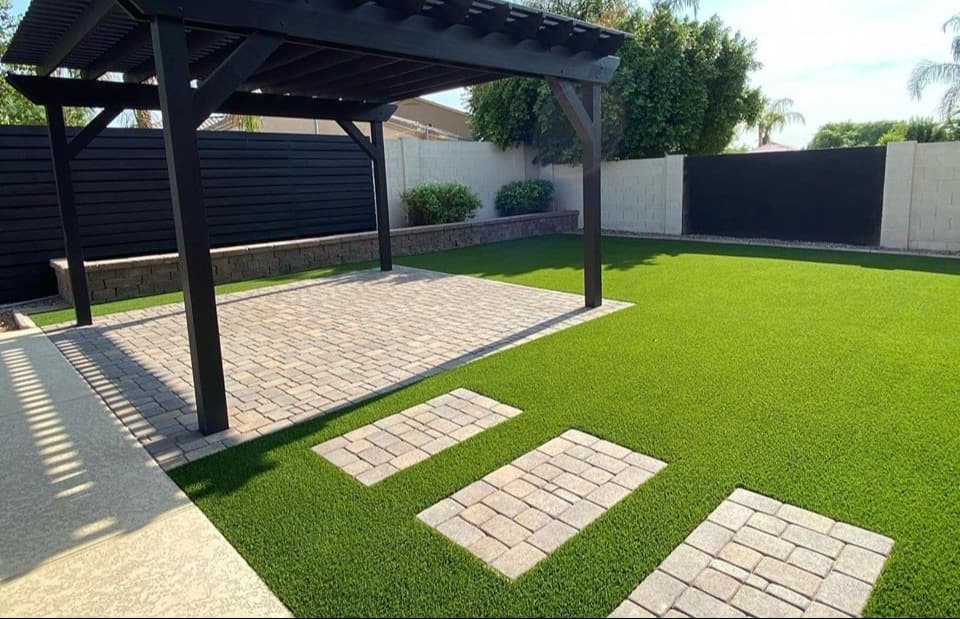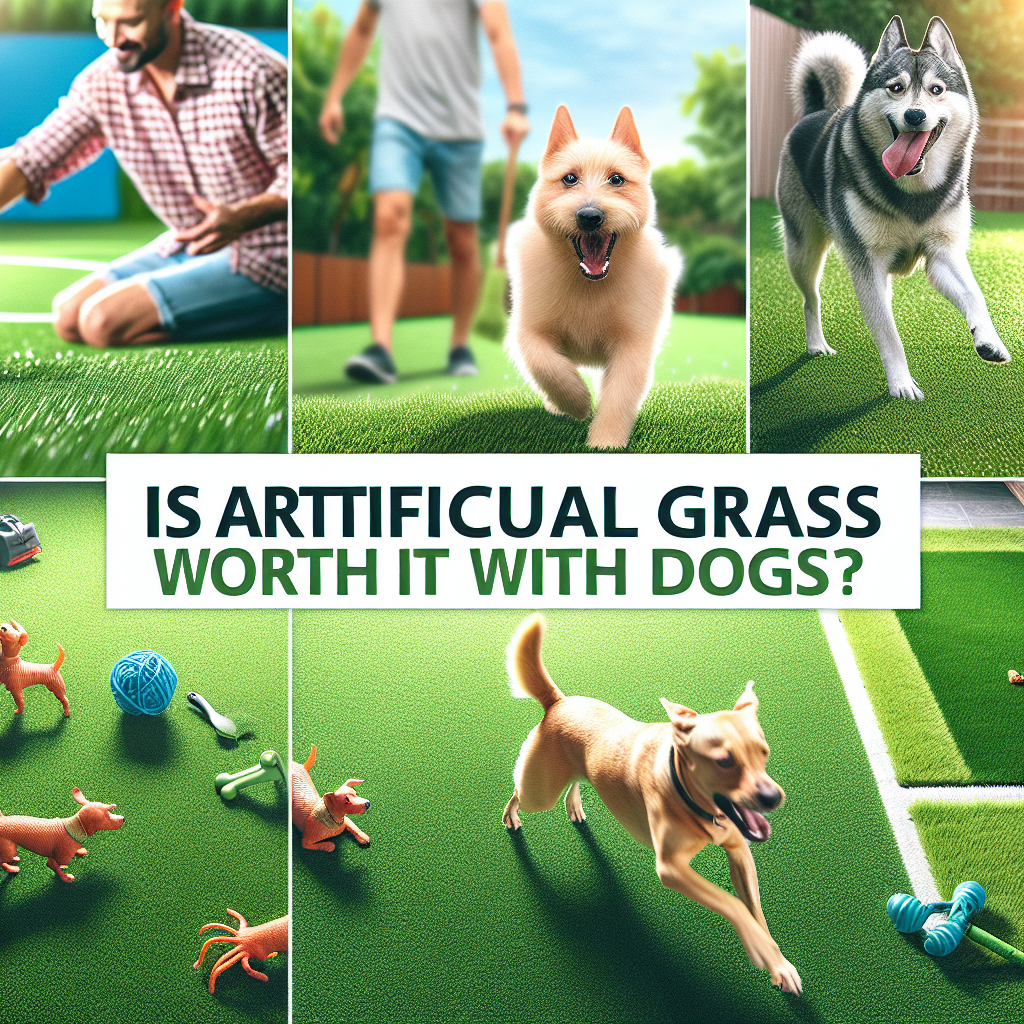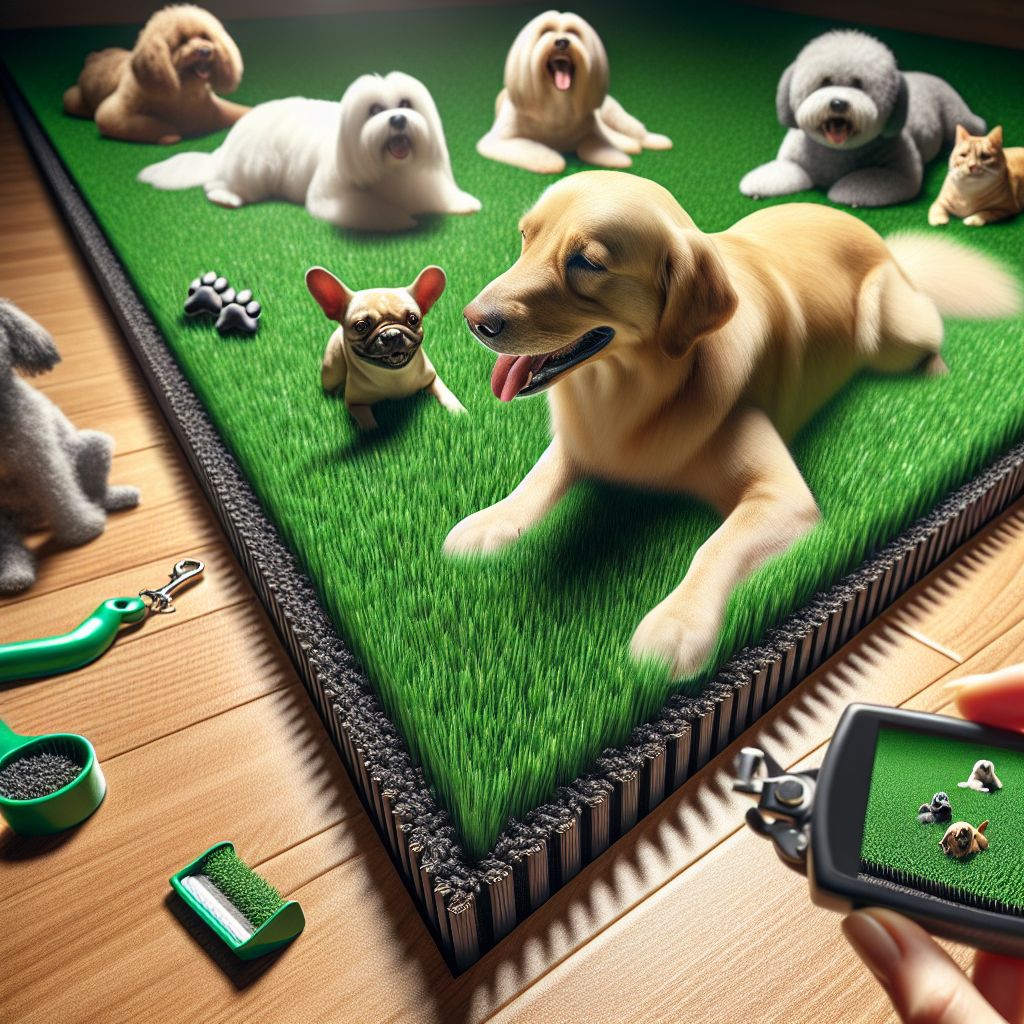
As summer approaches and temperatures rise, many pet owners start to wonder: Does pet turf get hot in the summer? This question might seem simple, but it holds significant importance for ensuring the comfort and safety of our furry friends. In this article, we will explore whether pet turf heats up during the summer months and discuss effective ways to keep your pets cool on artificial grass. Let’s dive in!
Imagine walking barefoot on a scorching summer day. The pavement feels like it’s on fire, right? Similarly, pet turf can absorb heat from the sun, causing discomfort to your pets. But why does this happen?
Pet turf is typically made from synthetic materials like polyethylene or polypropylene. These materials are great for durability but can retain heat more than natural grass. When exposed to direct sunlight, the fibers absorb and trap heat, making the surface quite warm.
Just like a sponge absorbs water, artificial grass absorbs sunlight. According to a study by the Environmental Protection Agency (EPA), surfaces like asphalt and artificial turf can reach temperatures significantly higher than the ambient air temperature.
It’s essential to compare natural grass with pet turf to understand their differences in heat retention.
Natural grass has a cooling effect because it allows moisture to evaporate. This evaporation process helps reduce heat, making natural grass cooler underfoot.
In contrast, pet turf lacks the natural cooling mechanism of evaporation. Instead, it relies solely on its material properties, which tend to retain heat. However, advancements in technology have led to the development of pet turfs designed specifically to mitigate heat absorption.
Worried about your pet’s paws getting too hot? Here are some proven strategies to keep your pet turf cool:
Just as you water plants to keep them cool, you can spray water on your pet turf. This method helps lower the temperature temporarily by providing immediate relief.
Installing shade structures such as umbrellas, pergolas, or even trees can significantly reduce the amount of direct sunlight hitting the turf. According to Arbor Day Foundation, shaded areas can be several degrees cooler than those exposed to full sun.
Opt for pet turfs that come with cooling infill solutions. These specially designed infills reflect sunlight and dissipate heat more effectively than standard options.
Your pets rely on you to keep them comfortable. Here are some expert tips to ensure they stay cool:
While both surfaces can get quite hot, pet turf usually doesn’t reach the extreme temperatures of concrete due to its synthetic fibers.
Yes, some manufacturers offer pet turfs with cooling infill technologies that help reduce heat absorption. Check out products from reputable brands known for their quality and innovation.
Watering once or twice a day during peak heat hours can help maintain a cooler surface for your pets.
The question “Does pet turf get hot in the summer?” is crucial for pet owners who want to provide a safe and comfortable environment for their furry companions. While pet turf can indeed heat up, there are numerous strategies you can implement to mitigate this issue. From watering the turf and creating shade to using specialized cooling infills, you have multiple options at your disposal. Remember, a little effort goes a long way in keeping your pets happy and cool during those sweltering summer days.
If you found this article helpful, consider exploring more tips on pet care and artificial grass maintenance from reliable sources like the ASPCA and PetMD. Stay informed and ensure a safe summer for your beloved pets!
Key Takeaways:


